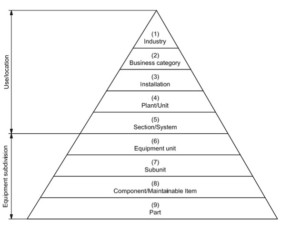Unlocking the Hidden Cash Flow in Your Organization
 Imagine not have the right spare parts to make a repair, or maybe you don’t have to imagine it. It has already happened. Now imagine having to go through the storeroom and throw out $300,000 worth of parts because they were obsolete. Once again, you may not have to imagine it. [Read more…]
Imagine not have the right spare parts to make a repair, or maybe you don’t have to imagine it. It has already happened. Now imagine having to go through the storeroom and throw out $300,000 worth of parts because they were obsolete. Once again, you may not have to imagine it. [Read more…]
 You begin your day by looking for a part in the storeroom. You are looking for a common bearing used on multiple pieces of equipment on the site. You look up the part in the CMMS and it does not have a bin number associated with it. You walk into the storeroom and beginning going through the “bearing section”. Only the bearing is not there. You wander over the equipment section and find it buried in the equipment specific drawer, but you know that it is used elsewhere. Is this the best way to organize materials, by equipment?
You begin your day by looking for a part in the storeroom. You are looking for a common bearing used on multiple pieces of equipment on the site. You look up the part in the CMMS and it does not have a bin number associated with it. You walk into the storeroom and beginning going through the “bearing section”. Only the bearing is not there. You wander over the equipment section and find it buried in the equipment specific drawer, but you know that it is used elsewhere. Is this the best way to organize materials, by equipment?  How often does your facility run out of raw materials? Chances are it is not very often, if ever. Why is this? It may be because the organization has invested heavily in gathering the right data, analyzing and developing contracts for the materials. This prior work ensures a steady supply of materials.
How often does your facility run out of raw materials? Chances are it is not very often, if ever. Why is this? It may be because the organization has invested heavily in gathering the right data, analyzing and developing contracts for the materials. This prior work ensures a steady supply of materials.
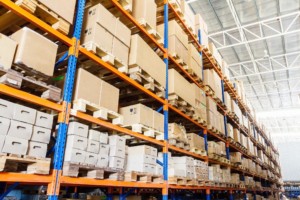 If you have invested the time to layout the storeroom correctly, and gather the right data, you are on the right track to a successful storeroom. However, if you don’t take the time to map the various processes in the storeroom, and hold staff to those processes, the work is done so far will be a waste.
If you have invested the time to layout the storeroom correctly, and gather the right data, you are on the right track to a successful storeroom. However, if you don’t take the time to map the various processes in the storeroom, and hold staff to those processes, the work is done so far will be a waste.
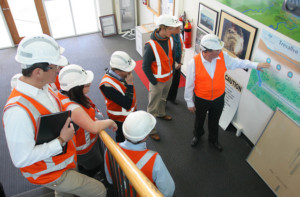 Knowing what the best practices are in a storeroom or spare parts management process is not enough. The best practices need to implemented, and typically it can’t just be implemented right away. The level of resources, the ability of people to change all prevents the immediate implementation. In addition, not every organization will be at the same starting point or want to go to the same level of maturity. This is where an assessment comes in.
Knowing what the best practices are in a storeroom or spare parts management process is not enough. The best practices need to implemented, and typically it can’t just be implemented right away. The level of resources, the ability of people to change all prevents the immediate implementation. In addition, not every organization will be at the same starting point or want to go to the same level of maturity. This is where an assessment comes in.  Image going for a vacation, but you don’t have a destination in mind, directions to the destination, or any funds allocated for the trip. What kind of vacation will you have? Chances are it won’t be a good one.
Image going for a vacation, but you don’t have a destination in mind, directions to the destination, or any funds allocated for the trip. What kind of vacation will you have? Chances are it won’t be a good one. Oftentimes, plans and strategies are developed and implemented. Many times the implementation is handed off and the team left on their own to implement. And many of the times, the implementation fails or the results are not delivered.
Oftentimes, plans and strategies are developed and implemented. Many times the implementation is handed off and the team left on their own to implement. And many of the times, the implementation fails or the results are not delivered.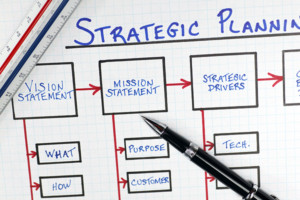
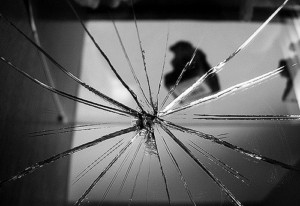 Storerooms are a critical part of any maintenance and reliability program, but they are often overlooked. When a storeroom is operating at best in class levels, the right parts are available at the right time. The storeroom is only able to achieve this when it its into the maintenance department.
Storerooms are a critical part of any maintenance and reliability program, but they are often overlooked. When a storeroom is operating at best in class levels, the right parts are available at the right time. The storeroom is only able to achieve this when it its into the maintenance department. Performing a PM Optimization is not always as simple as it sounds. Often a Maintenance Planner will assemble a team of technicians to ask what is value-added and what is missing from a PM Routine. While these may be good questions to ask before diving into an analysis, or after an analysis, it does not base the answers on data. Basing the PM Routine on data, not intuition is critical to the long-term success of any organization.
Performing a PM Optimization is not always as simple as it sounds. Often a Maintenance Planner will assemble a team of technicians to ask what is value-added and what is missing from a PM Routine. While these may be good questions to ask before diving into an analysis, or after an analysis, it does not base the answers on data. Basing the PM Routine on data, not intuition is critical to the long-term success of any organization. In the petroleum, natural gas and petrochemical industries, great attention is being paid to safety, reliability, and maintainability of equipment. This is true in any industry and as such the learnings and information found within
In the petroleum, natural gas and petrochemical industries, great attention is being paid to safety, reliability, and maintainability of equipment. This is true in any industry and as such the learnings and information found within  Based on our understanding of the six failure patterns, we can see that there is a large probability of failure when the equipment is first installed and started up. One of the Englisch causes of this increase in probability is the fact that the equipment was not installed or maintained correctly. This may be due to the installer or maintainer not using or following procedures. Having procedures is the first step to reducing these failures, but the procedures must be written in a clear, easy to follow manner. When writing procedures, it is critical to ensure that there are no interpretations in the written instructions. How can this be accomplished?
Based on our understanding of the six failure patterns, we can see that there is a large probability of failure when the equipment is first installed and started up. One of the Englisch causes of this increase in probability is the fact that the equipment was not installed or maintained correctly. This may be due to the installer or maintainer not using or following procedures. Having procedures is the first step to reducing these failures, but the procedures must be written in a clear, easy to follow manner. When writing procedures, it is critical to ensure that there are no interpretations in the written instructions. How can this be accomplished?